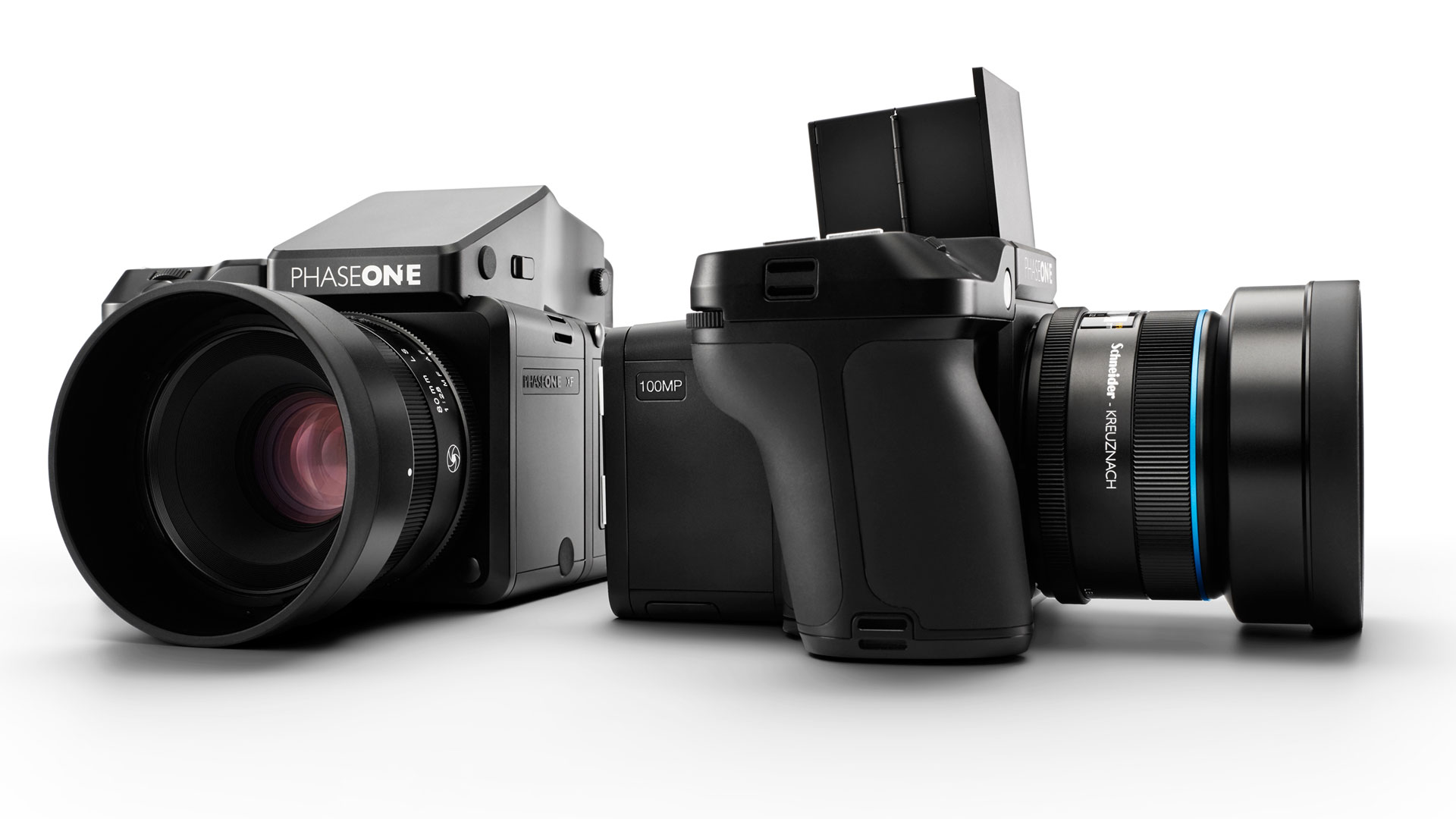PhaseOne's new XF 100MP camera breaks the 100-megapixel barrier
You thought the 50MP Canon EOS 5DS was impressive? The XF100MP doubles its resolution and its sensor size

A full frame camera is the ultimate dream for most enthusiasts, but for professionals it's very much at the lower end of the scale, just as 35mm SLRs were back in the days of film. Back then, when the subject and the job allowed a more leisurely approach, pros would switch to medium format film, shooting negatives measuring 60 x 60mm, or 60 x 45mm.
Today's full-frame cameras can deliver spectacular quality, make no mistake, but in the big-bucks world of high-end commercial photography, it's just not enough. That's why medium format digital isn't just hanging in there, it's on the up.
The XF 100MP is stupendously expensive at US$48,990 (about £33,000/AU$68,000) with a Schneider Kreuznach 80mm LS lens, but that looks a lot less crazy when you compare it to other business expenses, like buying a van or taking out a lease on business premises.
Bigger than full frame
What's interesting is the technology that's gone into it. The 100-megapixel CMOS sensor was developed in collaboration with Sony, and it's what PhaseOne calls 'medium format full frame' – it matches the negative size of old 645 film cameras (6cm x 4.5cm).
Strictly, the sensor size is somewhat less at 53.7 x 40.4mm, but this corresponds to the image area of 645 film once you allow for the rebate around the edges. It's enough to ensure that the increase in megapixels is matched by the increase in area, so there should be no penalty in noise levels and the XF 100MP should deliver a genuine two-fold increase in detail rendition.
Other specs include a DSLR-matching ISO range from ISO 50-12,800, 16-bit colour for ultimate quality (regular DSLRs stop at 14-bit raw files) and an amazing 15-stop dynamic range.
Viewing system and lenses
The XF 100MP uses a modular DSLR design, with a removable prism head and optional waist-level finder (just like 'old' medium format!) but with the option of full-time live view too – and the ability to tether the camera directly to a computer using PhaseOne's own Capture One Pro software.
Sign up for breaking news, reviews, opinion, top tech deals, and more.
Two sets of lenses are available – PhaseOne's own lenses, designed to operate in conjunction with the camera's focal plane shutter, and a set of Schneider Kreuznach optics with in-lens shutters to allow much faster flash synchronisation speeds for fashion and portrait photography.
You shouldn't expect to see any affordable medium format cameras any time soon, but it's interesting to see that the same tech that's driving DSLR and mirrorless image quality forwards is now doing the same for medium format too.
See also:

Rod is an independent photographer and photography journalist with more than 30 years' experience. He's previously worked as Head of Testing for Future’s photography magazines, including Digital Camera, N-Photo, PhotoPlus, Professional Photography, Photography Week and Practical Photoshop, and as Reviews Editor on Digital Camera World.